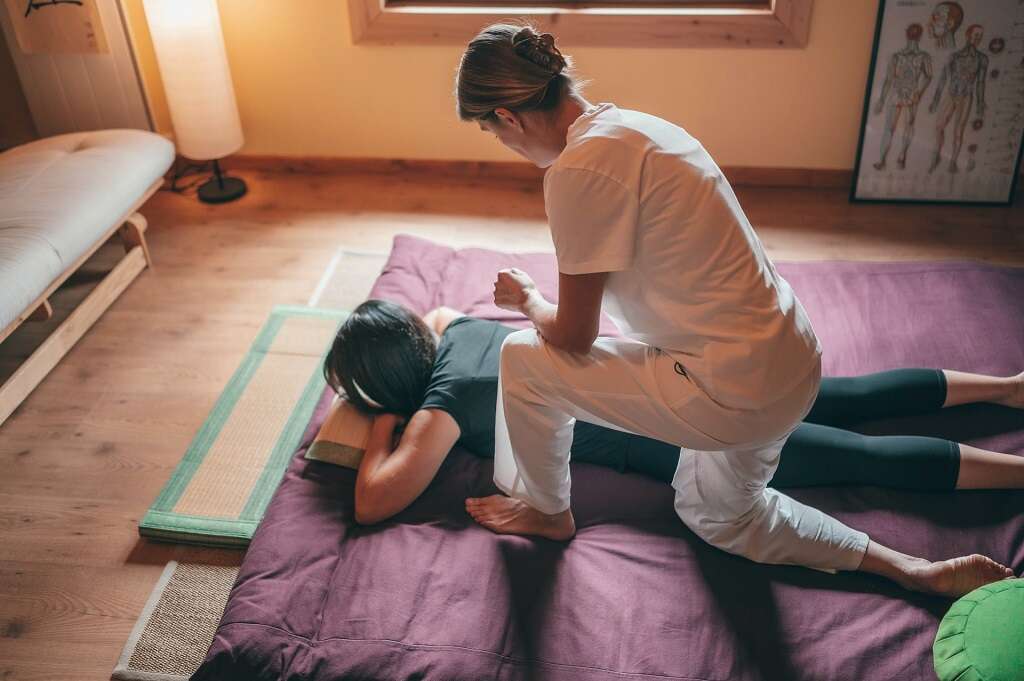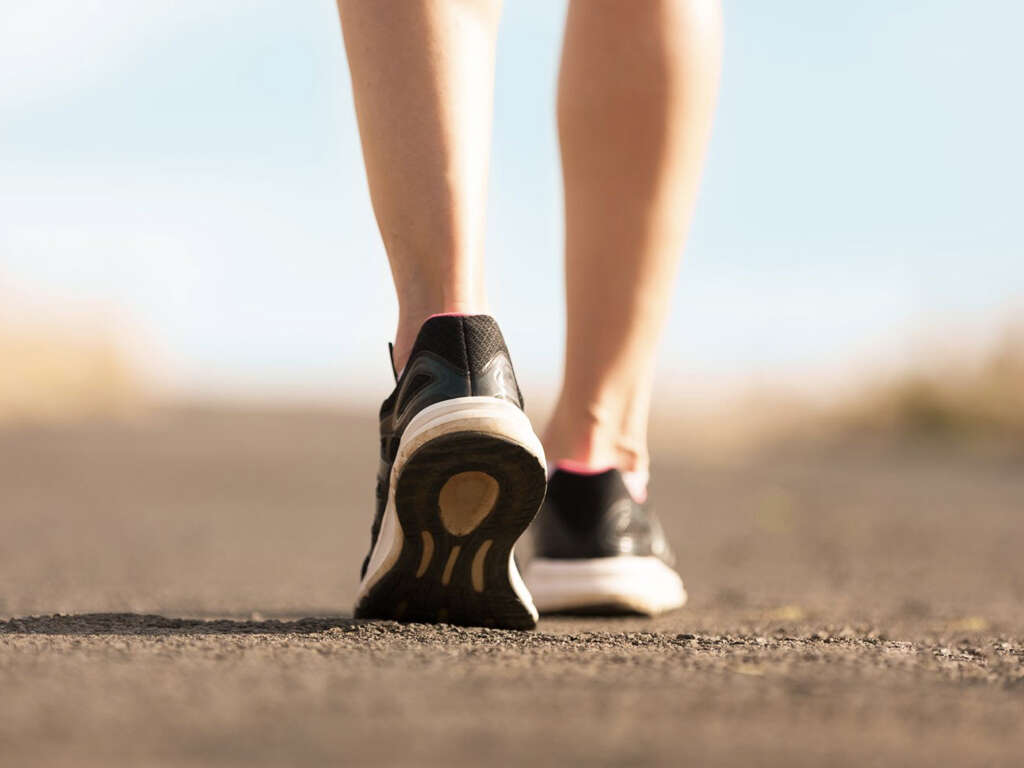Health Benefits of Inversion Tables
 Article Sources
Article Sources
- 1. Laskowski E. ‘Does inversion therapy relieve back pain? Is it safe?’ Mayo Clinic, https://www.mayoclinic.org/diseases-conditions/back-pain/expert-answers/inversion-therapy/faq-20057951
- 2. Bodepudi H. ‘Can Inversion Tables Really Relieve Back Pain?’ Cleveland Clinic, [www.health.clevelandclinic.org/can-inversion-tables-really-relieve-back-pain.](http://www.health.clevelandclinic.org/can-inversion-tables-really-relieve-back-pain.)
- 3. Vernon H; Meschino J; Naiman J. ‘Inversion therapy: a study of physiological effects.’ The Journal of the Canadian Chiropractic Association. 1985 www.ncbi.nlm.nih.gov/pmc/articles/PMC2484360
Inversion devices that produce spinal traction have been used for hundreds of years, and many of the devices throughout the centuries have been uncomfortable and dangerous. The advent of the inversion table has made spine lengthening and other health benefits more accessible, and these devices are safer to use the way they are designed nowadays.
The benefits of inversion tables have been debated because research into their effectiveness is limited. However, one small study that tested the benefits of inversion tables suggested that significant changes in spinal alignment and physical capability are possible with their use.3Vernon H; Meschino J; Naiman J. ‘Inversion therapy: a study of physiological effects.’ The Journal of the Canadian Chiropractic Association. 1985 www.ncbi.nlm.nih.gov/pmc/articles/PMC2484360
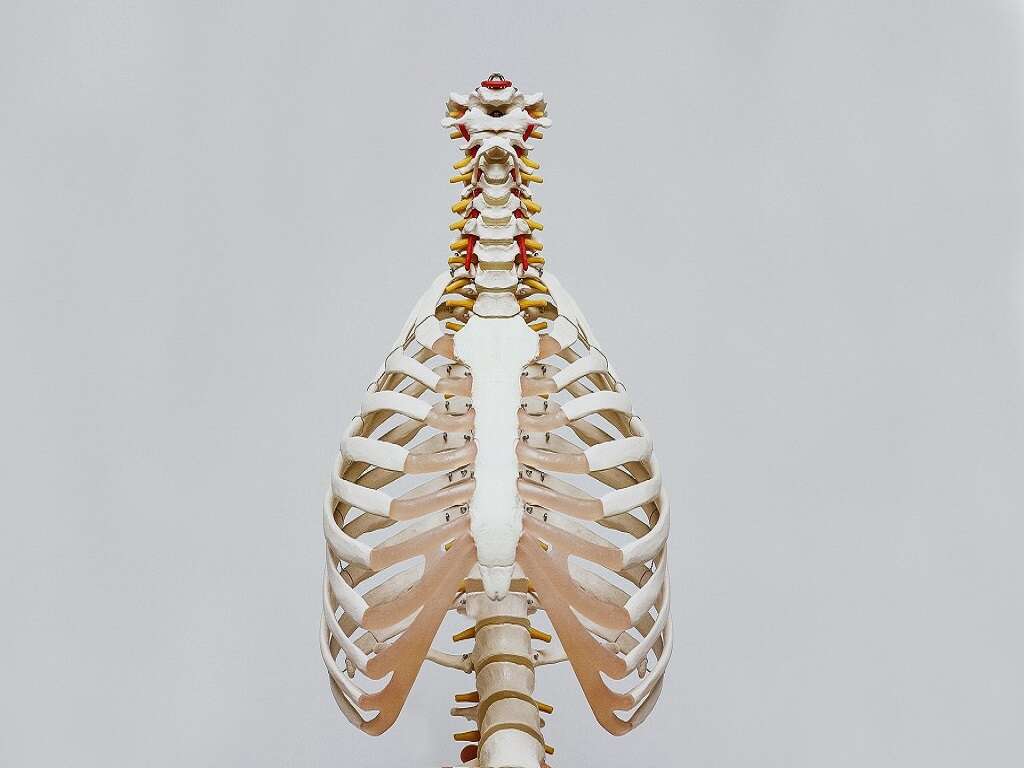
What Is Inversion Therapy?
Inversion therapy, regardless of how it's achieved, is the process of producing therapeutic benefits by positioning the body in a head-down position while supporting it at an angle or completely upside down.2Bodepudi H. ‘Can Inversion Tables Really Relieve Back Pain?’ Cleveland Clinic, www.health.clevelandclinic.org/can-inversion-tables-really-relieve-back-pain. The expected result is stretching of the spine to alleviate pain caused by the compression effect of upright gravity.
The head-down position must involve the entire trunk for it to be effective. The inversion table makes this procedure safer and more comfortable, and its unique support system along the back may reduce adverse effects. These tables come in various shapes and configurations to accommodate individuals' needs.

Inversion Table Benefits
The list of potential inversion table benefits is discussed below. Some have been researched, while others haven't. Potential users need to discuss inversion therapy with their physician or chiropractor to see if it's appropriate.
Proponents include rehydration of the spinal disc as one of the inversion table's benefits. Rehydration improves the disc's sponginess, creating a cushion for spinal bones. Inversion tables are also thought to reduce nerve pressure, realign the spine, relax tense muscles and increase flexibility.
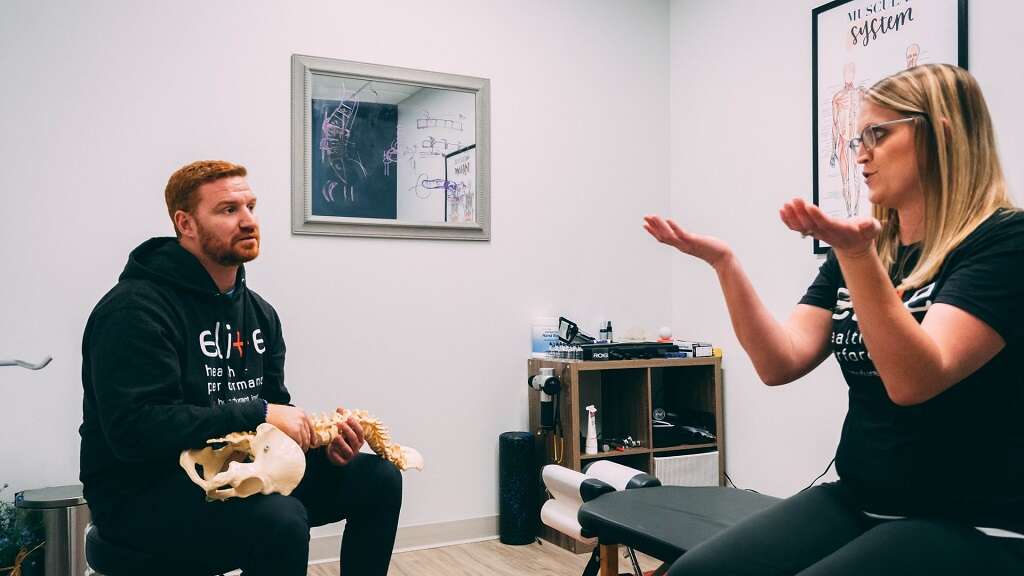
Inversion Table Cautions
Using an inversion table may cause problems for people with specific health conditions, especially high blood pressure. Cardiovascular disease patients and their providers need to be very cautious, as do those with glaucoma. Any rise in blood pressure that may occur from using these devices can make these heart diseases and glaucoma worse.1Laskowski E. ‘Does inversion therapy relieve back pain? Is it safe?’ Mayo Clinic, https://www.mayoclinic.org/diseases-conditions/back-pain/expert-answers/inversion-therapy/faq-20057951
Pregnant women should avoid using an inversion table because of the potential negative effects on them and their babies. Inversion table use may also make existing acid reflux more severe.1Laskowski E. ‘Does inversion therapy relieve back pain? Is it safe?’ Mayo Clinic, https://www.mayoclinic.org/diseases-conditions/back-pain/expert-answers/inversion-therapy/faq-20057951

Inversion Tables and Back Pain
Back pain is often caused by worn down vertebral discs, which are found between the bony vertebrae in the spinal column. Believed to have the benefits of yoga, the inversion table stretches muscles and improves the separation of the spinal bones. This relieves the compression that irritates the spinal nerves and causes pain.2Bodepudi H. ‘Can Inversion Tables Really Relieve Back Pain?’ Cleveland Clinic, www.health.clevelandclinic.org/can-inversion-tables-really-relieve-back-pain.
While the relief is limited and short, some individuals with low back pain who tried this therapy claim the results can be dramatic.1Laskowski E. ‘Does inversion therapy relieve back pain? Is it safe?’ Mayo Clinic, https://www.mayoclinic.org/diseases-conditions/back-pain/expert-answers/inversion-therapy/faq-20057951

Inversion Tables and Posture
Muscular tightness and strains can cause the spine to twist out of alignment, resulting in pinched nerves and pain that may radiate to the arms and legs. Hips may also be affected, leading to walking problems and pain.
An inversion table may realign joints, such as knees and hips. Although some people experienced an improvement in both posture and flexibility, research studies are needed to confirm these benefits. So far, most well-designed studies found no long-term benefits from this therapy.
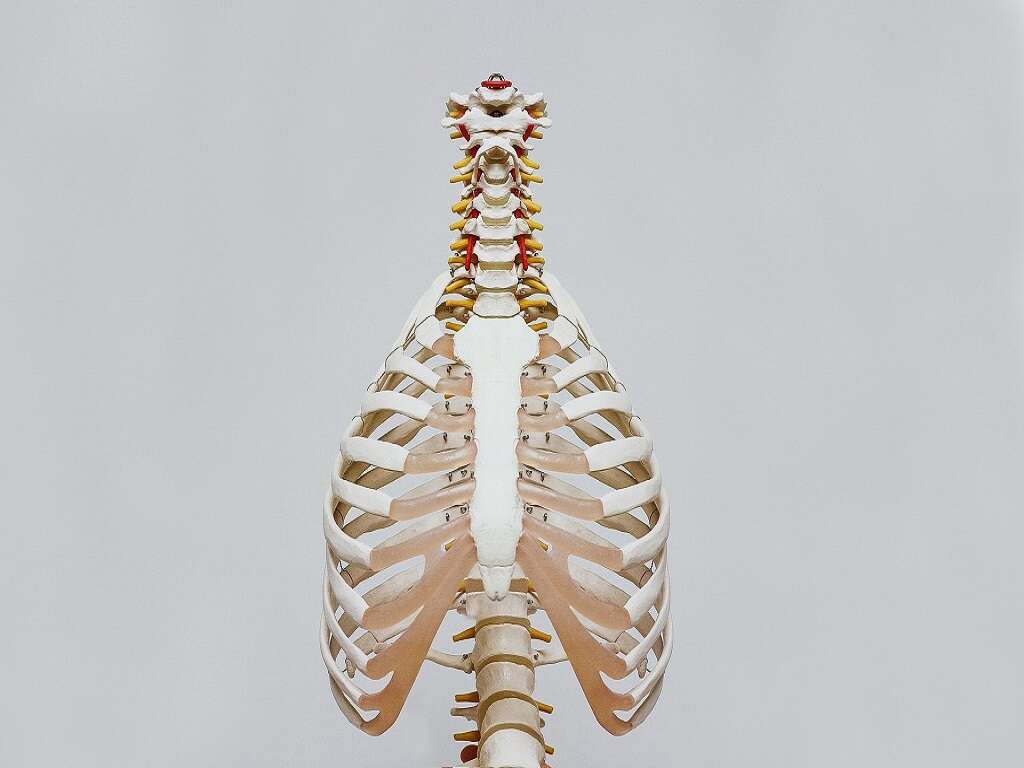
Inversion Tables and Muscle Relaxation
Tense and strained muscles affect joints and other structures, pulling them into uncomfortable positions and reducing functional use. Inversion tables may stretch the muscles, relieving the pain and tightness that affects nearby areas of the body.
An upside-down position may have unexpected effects. When muscles relax and shift their positions, a person may hear or feel their bones cracking, which some health care professionals believe may be a sign that the table is helping ease built-up pressure.
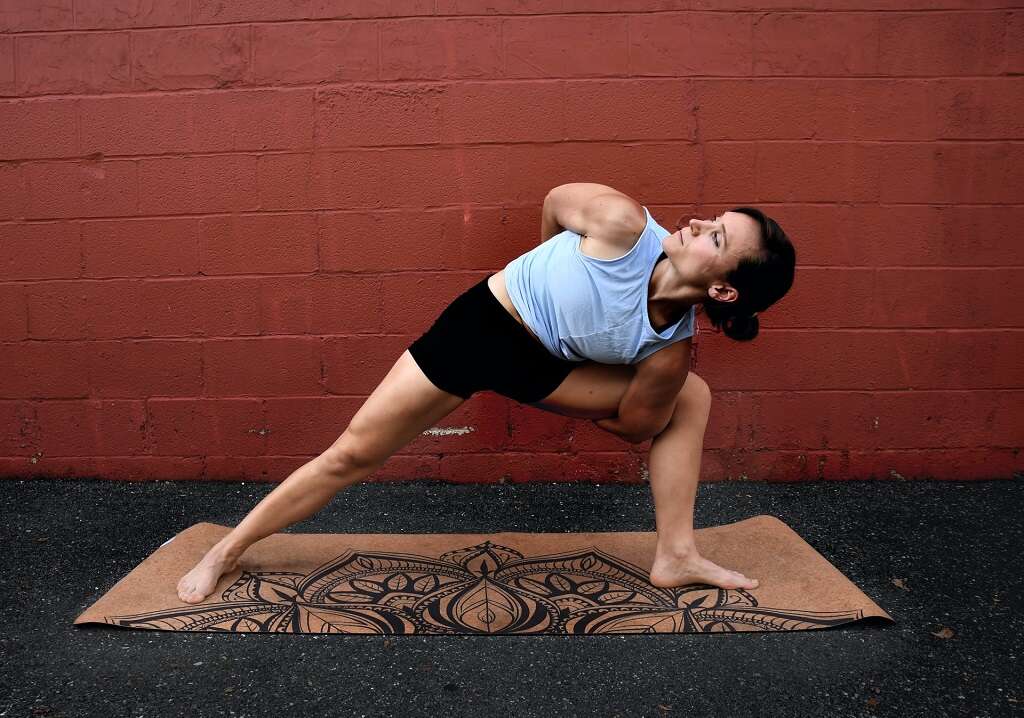
Inversion Tables and the Lymph System
The lymph system collects and drains waste products from the body, such as microbes, metabolic waste and damaged cells. While the system has an effective built-in process to clean and recycle the lymph, there may be an accumulation of fluid and debris that doesn't get removed.
Although there is no research study to support that inversion tables may promote a healthy lymphatic flow, it is possible that spending a bit of time at a downward angle may help temporarily improve lymphatic function.

Inversion Tables and Blood Flow
The veins in the legs are subject to a continuous downward pull from gravity, sometimes causing excess fluid to pool in the lower extremities. This can cause discomfort, swelling and may increase the risk of blood clots. Tiny valves in leg veins meant to push the blood upward to the heart and lungs can become worn out and fail.
In theory, inversion tables may help promote healthy blood flow by switching the gravitational pull, temporarily reversing blood flow to the upper body.

Inversion Table Options and Costs
Many physical and online stores, even the big box discount ones, sell inversion tables. Both prices and quality can vary widely. Some of these tables allow the user to bend their knees for support, while others keep the body straight to optimize the blood and lymph drainage benefits.
As with any health care or exercise product, people should research potential tables and seek professional advice before making the purchase to make sure they get the right product for their condition.
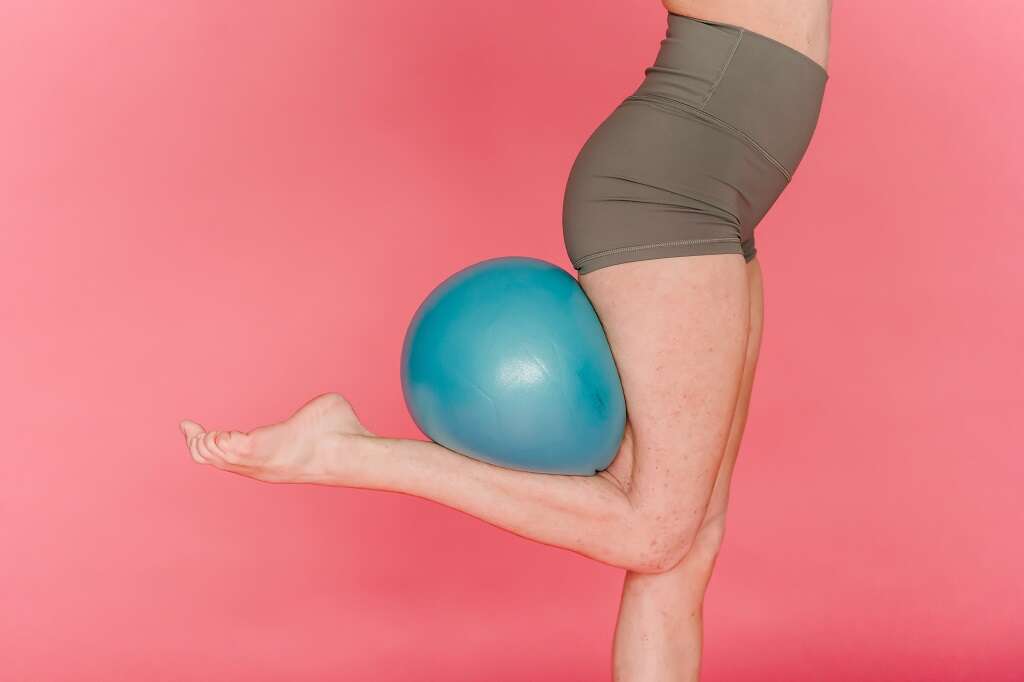
Summary
Some practitioners and patients strongly believe that the benefits of inversion tables are significant. Although some small studies have been conducted, inversion therapy requires more research to earn broad-based approval. Physical therapists and chiropractors form the foundation of the pro group, along with physical trainers and users who have seen results up close.
Several benefits of the inversion table have emerged, including relief of back pain and muscle stress, although the results are typically only temporary.
